Chlorosis of petunia and its treatment
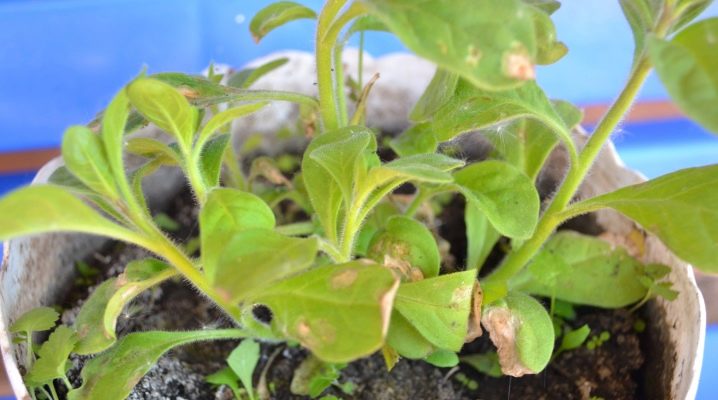
When growing petunias in their area, gardeners often face various diseases that affect flowers. One of the most common diseases that adult plants are exposed to is chlorosis.
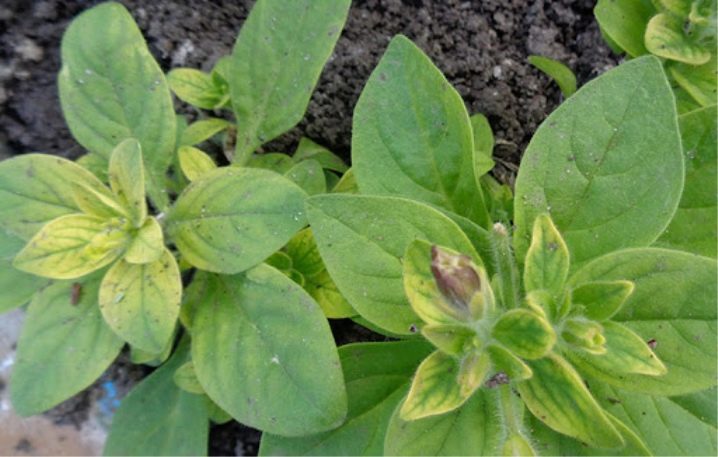
What it is?
Chlorosis is a disease in which the production of chlorophyll is slowed down in plants. This causes green foliage to lose its rich color. Over time, it turns yellow, and then dries up altogether. The diseased plant looks very bad, and after a while it dies altogether.
In order to prevent the death of petunia, the treatment of the disease must be started, barely noticing its signs. If you act quickly, the plant can be saved.
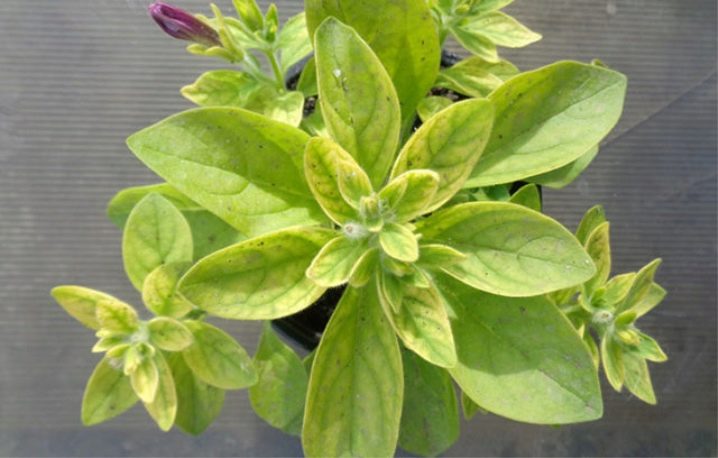
Reasons for the appearance
There are several types of plant chlorosis. Petunias are most often affected by its non-infectious variety. The reason for the development of the disease is the lack of iron in the soil. It is because of this that plants weaken and die.
But there are other causes of flower disease.
-
Excessive watering... If the soil on the site is constantly waterlogged, fungus may appear on the leaves.
-
Pest attacks. Infectious chlorosis is usually carried by small insects. Therefore, it is very important to prevent pests from infesting the site.
-
High level of soil acidity. In areas with acidified soil, plants get sick much more often.
-
Bad climate. The condition of plants is strongly influenced by frequent temperature changes, as well as prolonged rains.
-
Mechanical injuries to plants... Sometimes the disease appears after careless pruning of leaves or stems. In addition, the gardener can injure the root system of plants when they are transplanted.
-
Unbalanced feeding... The condition of plants is negatively affected by both the lack of nutrients and their excess.
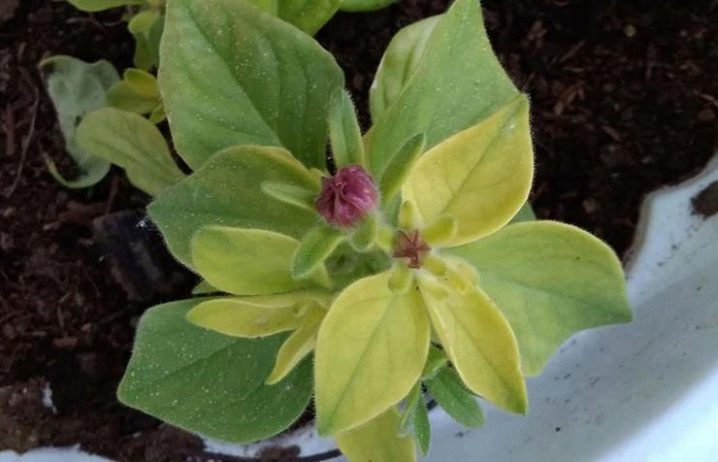
Petunias grown in pots are most likely to get sick because they were planted in too small pots or poor quality soil. In addition, the frequency of watering also affects their condition.
Treatment
For the treatment of petunia chlorosis, gardeners most often use preparations that enrich flowers with iron. The following products are considered the most popular.
-
Ferovit. It is a versatile remedy suitable for treating both young and adult plants. The medicine is diluted in warm water according to the instructions. The resulting product is sprayed with flowers in the evening or on a cloudy day. After treatment with the drug, the foliage should not be exposed to direct sunlight. This can lead to burns on it. The same product can be used to check the condition of plants. To make sure that petunia really suffers from chlorosis, the solution is applied to cotton wool and smeared with pale green leaves. After a while, the flower is checked. If the treated area has darkened and become brighter, then the plants are suffering from a lack of iron.
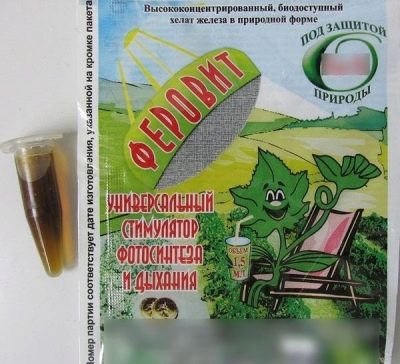
- "Agrecol". With a solution of this remedy, both garden and indoor flowers can be treated. The product helps to get rid of the symptoms of the disease very quickly.
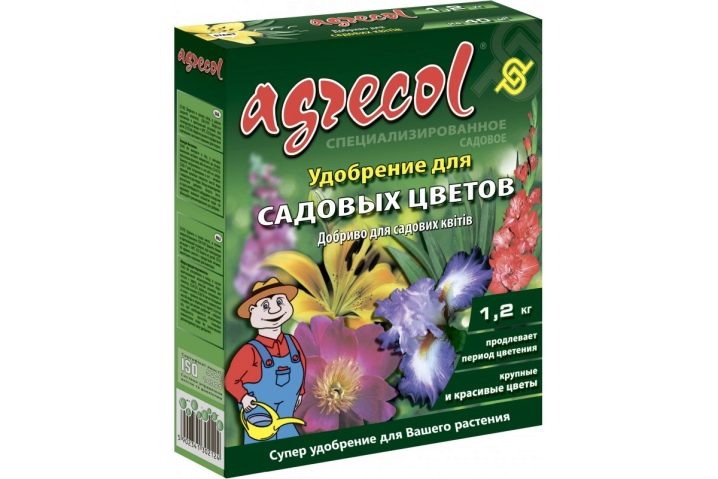
- Brexil. This drug is used not only to cure plants, but also for prophylaxis. Flowers are treated with such a tool only on the sheet.
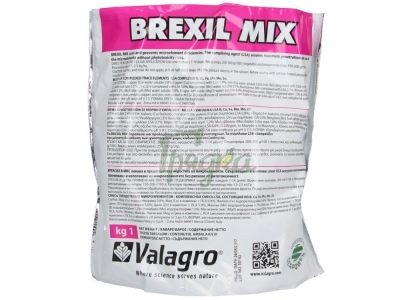
- Ferrilene. This is a versatile remedy that can be used to treat not only petunias, but also other plants with chlorosis. To get rid of the disease, flowers need to be sprayed several times. The features of using the drug are indicated on the package.
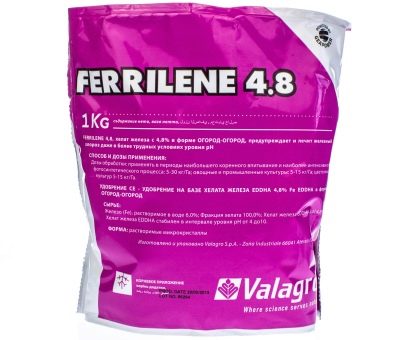
- "Helatin". This drug is based on chelated iron. It is great for combating chlorosis. It can be used both for spraying on the leaf and for feeding flowers at the root.
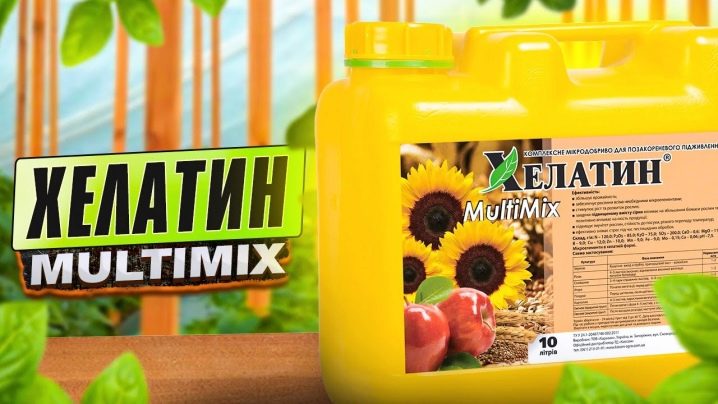
- Orton Micro-Fe. This product contains iron and other beneficial trace elements. Therefore, it not only helps to fight chlorosis, but also makes plants more resistant to adverse weather conditions. They usually process flowers growing on the street.

All of these drugs are available at most gardening stores. Therefore, it is very easy to buy them.
Plants can be processed with folk remedies. The following foods are most commonly used to treat petunia chlorosis.
-
Wood ash. This product is used to fight many diseases. Only clean ash obtained after burning healthy wood or plant residues should be used in work. The product can be scattered dry on the ground or used to prepare a solution. To do this, add a glass of ash to a bucket of water. The liquid is mixed and sent to a dark place for a day. Then it is filtered and used for watering petunias at the root.
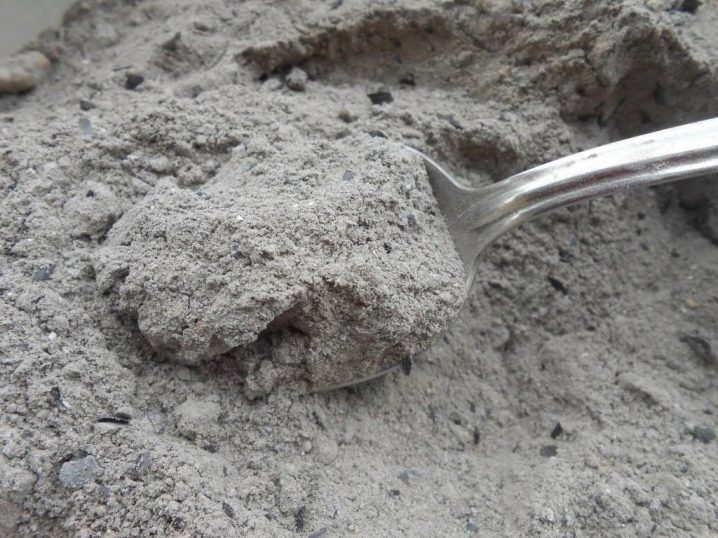
- Onion peel. This is another effective and time-tested remedy. A small amount of onion peel is poured with water and boiled for 10-15 minutes. After that, the product is insisted for another hour. Then it is also filtered and used to process flowers.
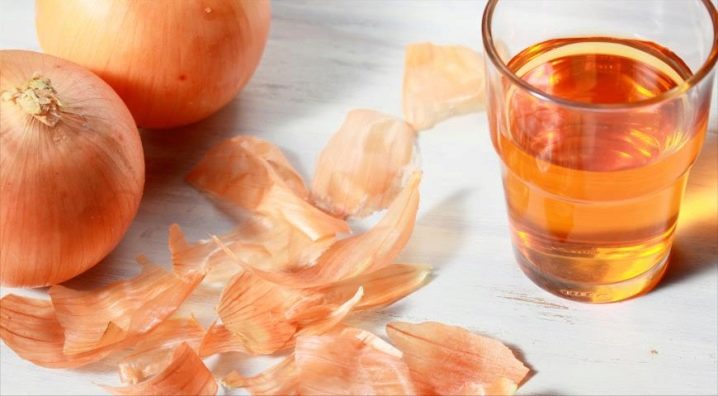
- Eggshell. This product is used to deacidify the soil. Eggshells are dried and crushed. In this form, the eggshell is embedded in the soil in the area with petunias.
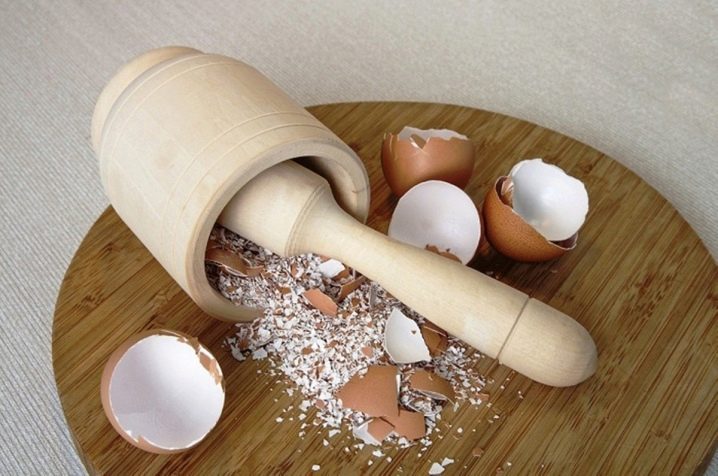
- Lemon acid... It also helps fight chlorosis. It is added to the water used to water the plants. Usually half a teaspoon of acid is dissolved in a liter of water. If the plants are very sick, add the same amount of ferrous sulfate to citric acid. It is not the plants themselves that are watered with such a product, but the soil next to them. This simple solution can be used as a preventive measure. It can even process flowers growing in pots.
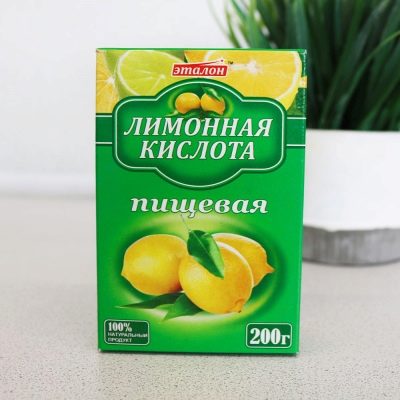
- Vitamin C. This solution for watering petunias is also very simple to prepare. In a liter of water, 20 grams of ascorbic acid are diluted. In this solution, as in the previous one, a small amount of ferrous sulfate is added.
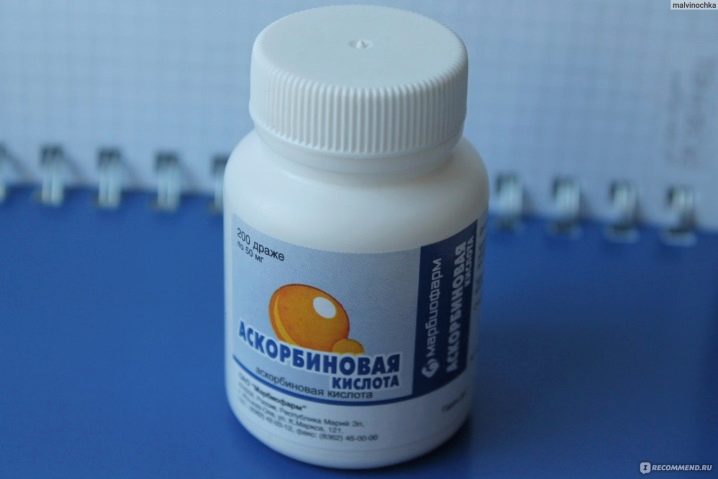
Some gardeners also water the plants with water left over from rinsing the cereals. It contains useful minerals that very quickly get to the roots of plants.
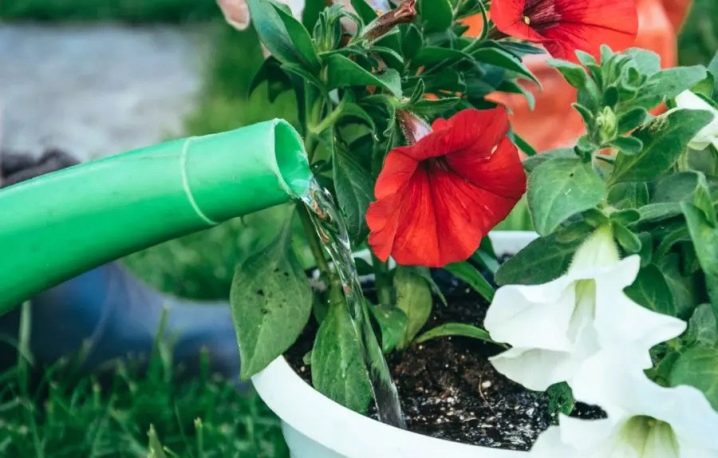
Prevention measures
In order not to waste time on the treatment of petunias, the gardener should take certain preventive measures.
-
Choose chlorosis-resistant varieties... Unpretentious plants such as "Mirage", "Avalanche" and "Fantasy" are best suited for planting in the garden. The grown seedlings should be bought only in proven places. At home, it is worth using high-quality planting material for flower cultivation.
-
Plant the plants on time. Before planting petunias, you need to wait until the soil warms up well. You can't plant flowers in cold ground. This will significantly weaken them.
-
Water the flowers regularly... The soil in the area with petunias should not dry out. It is best to use warm, settled water for irrigation.
-
Feed the plants. It is most convenient to feed petunias with purchased complex fertilizer. Such products contain all the substances necessary for the plant. Instead of purchased preparations for feeding petunias, you can use wood ash. After applying such fertilizer, it is recommended to water the flowers. This is done to ensure that nutrients reach the plant roots faster. Regular feeding makes the flowers stronger and more resistant to disease.
-
Handle garden tools... To prevent infection, all tools used to trim flowers or foliage must be disinfected.To do this, you can use boiling water, industrial alcohol or a weak solution of potassium permanganate. If the plants are grown in pots, the containers for planting them are also pretreated with any suitable means.
-
Destroy pests. Since they are carriers of the disease, they should not be allowed to appear on the site. You can spray flowers with any proven insecticides.
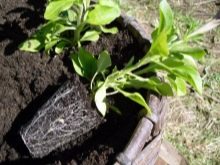


If you do everything right, the flowers in the garden will look beautiful for a long time and delight the owners of the site with their attractive appearance.







































































































The comment was sent successfully.